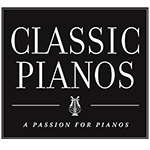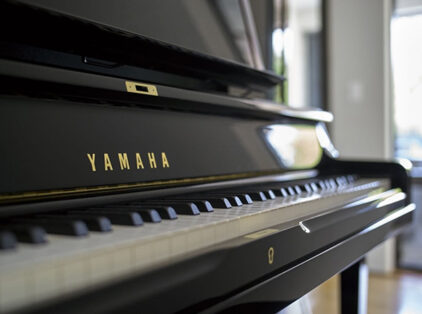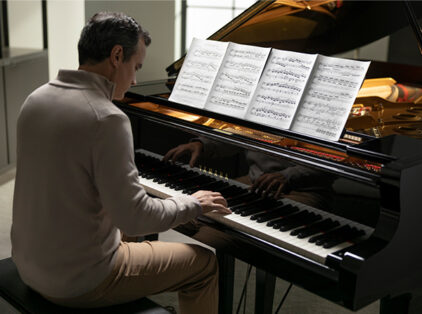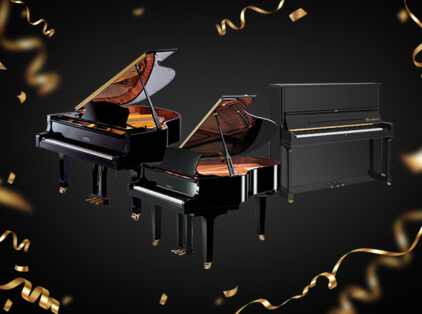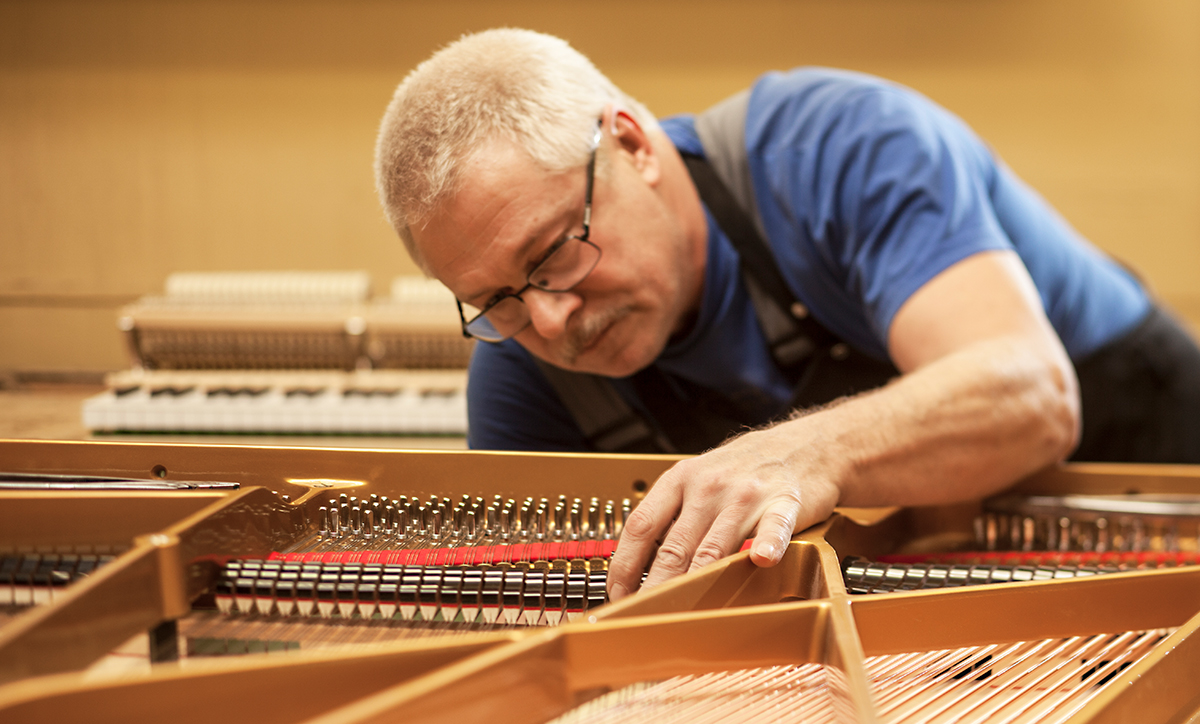
Estonia Pianos: A Distinctive Singing Sound and Rich Heritage
When it comes to pianos, few names can boast a history like that of the Estonia. Nestled in the northern corner of Europe, this small Baltic nation with Nordic influences has made a significant mark on the world of music, particularly in the realm of piano manufacturing.
Read on for details on how the Estonia Piano Company embodies the idea of quality over quantity. From its origins over 70 years ago to the piano maker it is today. Estonia is creating some of the industry’s most sought-after pianos. Considering its affordability and high-quality craftsmanship, it’s easy to understand why.
How one of the world’s most revered pianos came to be
How is it possible that a small piano maker, building just twelve to fifteen pianos a month, has become one of the most talked-about piano makers in the musical world? To understand Estonia Piano Company’s impact today, we must first look at how it began.
Estonia Piano’s origins
During World War II, under the Soviet occupation of Estonia, all piano companies in the country were destroyed. It wasn’t until 1950 that Ernst Hiis, a piano maker, began producing grand pianos again. Under orders from Joseph Stalin, a piano factory was established, creating a new piano, the Estonia. Until 1990, the company was State-owned, and the pianos were distributed throughout the Soviet Union.
Pianos by a pianist
After the fall of the Soviet Union, during the restoration of Estonian Independence, the factory was privatized. In 1990, Estonian native Indrek Laul, a doctoral piano student at The Juilliard School in New York, invested heavily in the company and eventually became the full owner.
Coming from a country with a rich musical heritage, Indrek’s musical background came naturally. Both his parents were talented musicians, and his father was the founder and director of the Estonia National Opera Boys Choir.
As a concert pianist, Indrek’s vision was to create a world-class piano. To do so, he began making significant changes to the factory, where the piano’s components were upgraded to high-quality imported materials. While the company grew, it made enormous strides in design, sound, and production. In 2003, a new factory was completed, further increasing the reputation and quality of Estonia’s products. As the only piano company in the world owned and guided by a concert pianist, their pianos’ artistic quality remains a priority. Within the owners and each factory team member is a deep reverence for the art of European piano making.
Fun facts
- “Laul” means “song” in Estonia.
- Indrek Laul plays every piano before it ships and is available to sign pianos at the factory.
Today’s Estonia pianos
Estonia pianos are renowned for the unique qualities that set them apart in the world of piano craftsmanship. In addition to the fact that its pianos are exclusively handcrafted in Estonia, the company is known for:
- Limited production, with just 120 pianos built annually. (The factory is always at capacity, with most pianos in production already sold.)
- A unique and identifiable sound that is warm, romantic, rich, and singing with a long sustain.
- Individually-tuned duplex scaling — front and rear — on all grand models.
The materials that make the Estonia sound
The Estonia piano is celebrated for its meticulous craftsmanship and the high-quality materials used in its construction, including these key elements:
- Soundboard: There are many levels of quality in soundboards, and Estonia uses only the very highest resonant grade wood, usually reserved for musical instruments and sometimes concert hall performance floors. Known as “resonance spruce,” it grows slowly in high altitudes in Germany and is carefully selected for its tight grain and exceptional acoustic properties.
- Strings: The strings are crafted of the highest quality steel piano wire, imported from Germany, and the bass wires are core wound with pure copper and handmade at the Estonia Piano Factory. These strings are responsible for the instrument’s clarity, sustain, and wide dynamic range.
- Hammers: The hammers in Estonia pianos are crafted of high-density felt from Germany and England to produce a warm and expressive tone. Skilled artisans shape and voice the hammers to achieve the desired sound.
- Rims: The piano’s rim is made of thick Baltic birch to support the structure, allowing for great flexibility in sounds and voice. Keybeds on Estonia pianos are built into the rim.
- Action mechanism: The action mechanism, including the keys, levers, and hammers, is precision-engineered to deliver excellent touch responsiveness, allowing for nuanced expression.
- Harps and plates: These come from Finland and are made with wet sand-casting, an old-world process.
- Duplex scaling: Estonia pianos often feature individually tuned duplex scaling, front and rear, which allow sympathetic vibrations in the strings to enhance harmonics and sustain power.
- Finishing touches: Estonia uses a special treatment on their soundboards, applying only a slight layer of lacquer so as not to weigh down the pianos. This approach is similar to that of the finest violin makers and allows less use of the pedal to create romantic and lyrical tones.
Affordable quality
Estonia pianos are often perceived as offering exceptional quality at a more affordable price than some other high-end piano brands. Several factors contribute to Estonia pianos’ relatively lower overhead costs, a saving it passes on to customers:
- Location and labor: Estonia, the country where these pianos are made, has lower production costs, no corporate income tax, and a lower cost of living, especially compared to countries like Germany or the United States. It’s also a port city, meaning that its instruments are shipped directly from the Baltic Sea — more affordable than transporting materials over land.
- Manufacturing practices: Estonia has streamlined its manufacturing process to maximize efficiency and reduce waste, allowing it to produce high-quality pianos without excessive overhead expenses.
- Material sourcing: Estonia benefits from access to high-quality European materials, which are sourced more affordably due to their proximity.
- Approach to partnerships: Estonia Piano Company is family-owned and operated. It often sells pianos through a network of authorized dealers or directly to customers to remove outside fees and reduce its distribution costs.
- Smaller Scale Production: Estonia pianos are made in smaller quantities than other well-known piano brands, reducing overhead while making it easier to maintain quality.
We are honored to be North America’s #1 Estonia Piano dealership. Our deep relationship with the brand grants us priority inventory options. Learn more about Estonia Piano Company at their website: www.estoniapiano.com. We encourage you to visit our showroom today to see, hear, and play these extraordinary instruments side-by-side to find a piano you love.
For more on Estonia Pianos, listen to this fantastic interview from Monocle with Dr. Indrek Laul as he dives into the heritage and innovation of the company.
